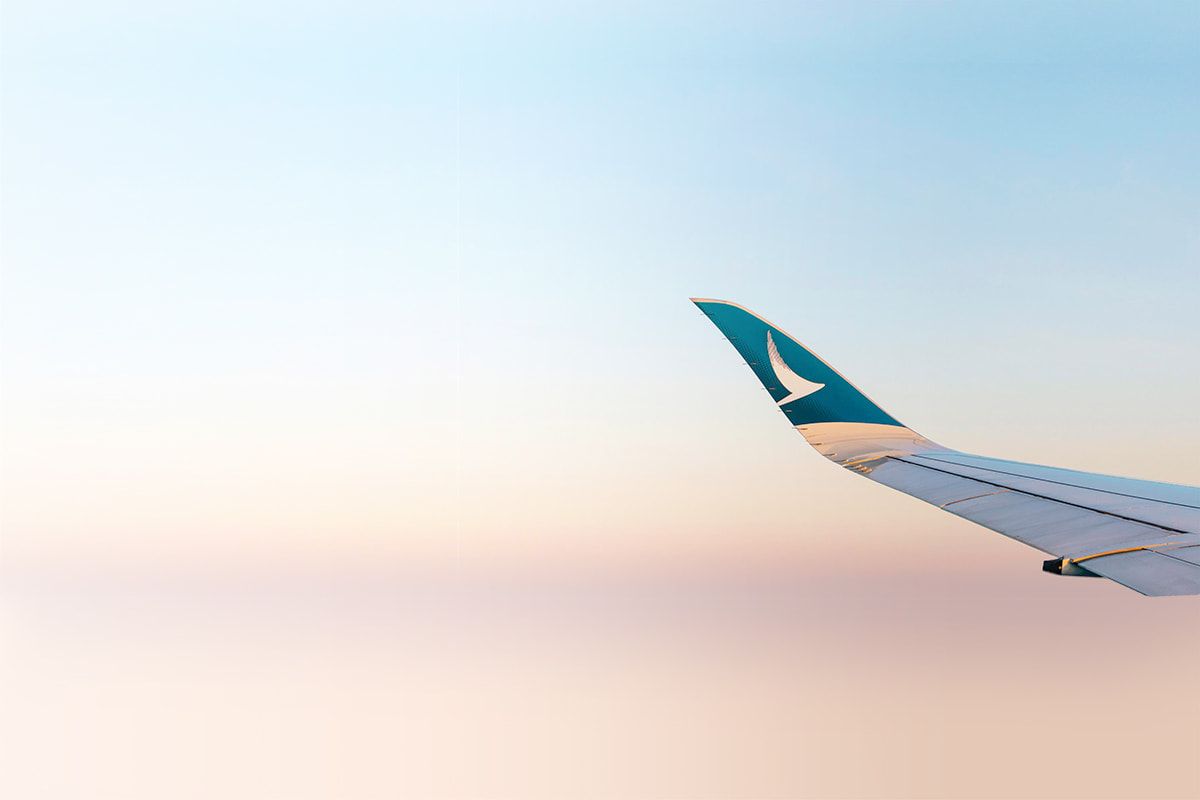The unique relationship Okinawans have with food
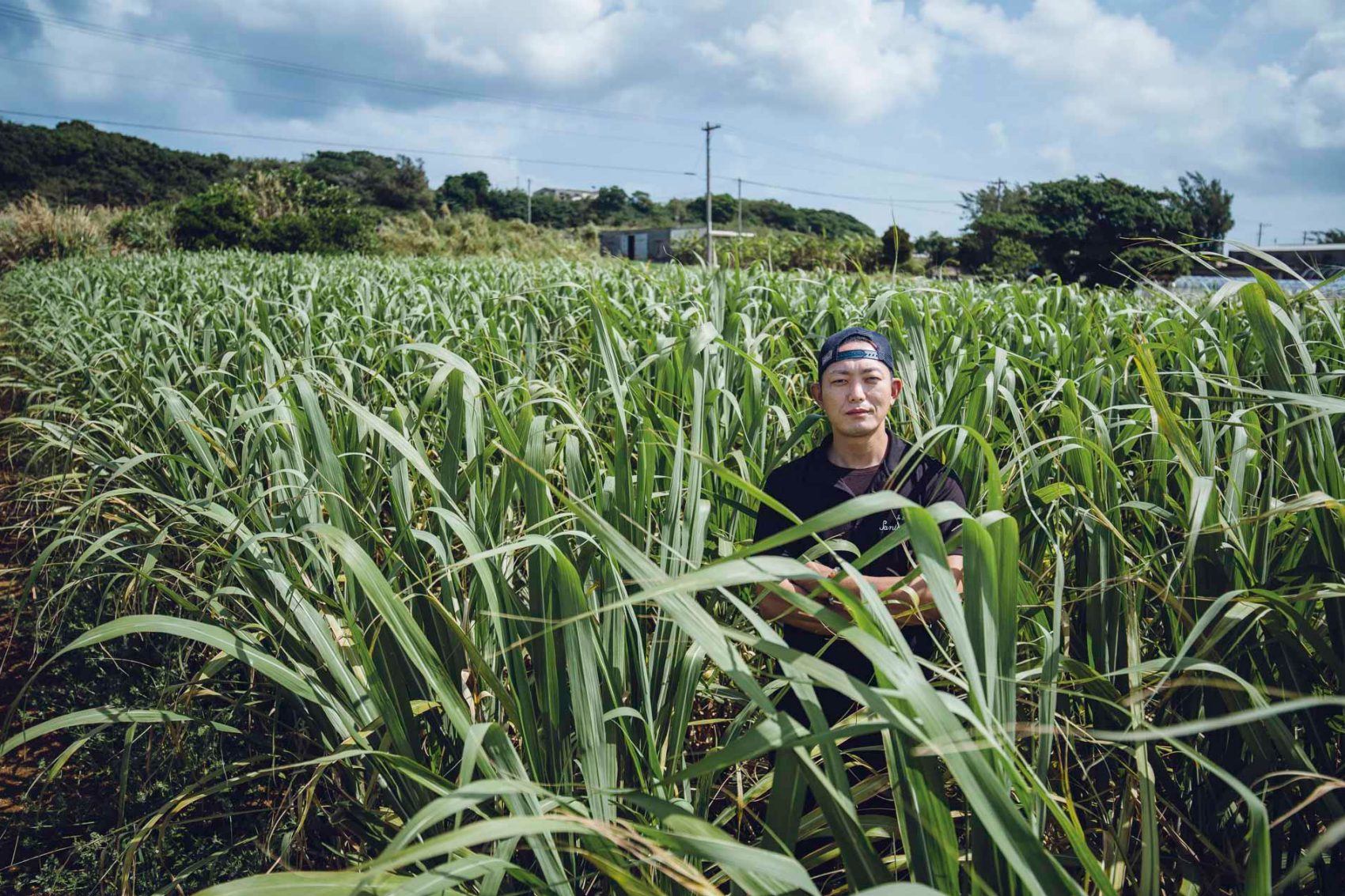
‘Karii!’ the crowd roars in unison on Kokusai-dori Yatai Mura, a food street in Naha, Okinawa’s capital city. Visitors best know this phrase on a trip to Okinawa: it means ‘cheers’ in the local dialect. It proves particularly useful at the Awamori Kanpai festival, a celebration of awamori, the rice-based spirit native to Okinawa and distinctly representative of Japan’s southernmost prefecture.

Credit: Irwin Wong
Much of Okinawan culture, including its food culture, stands apart from the rest of Japan. This isn’t surprising, given that Okinawa wasn’t part of Japan until a century and a half ago. Between 1429 and 1872, the archipelago that now makes up Okinawa was an independent kingdom known as Ryukyu. It was once a powerful trading partner to China, Southeast Asia and Japan, thanks to its strategic location – Okinawa is closer to Hong Kong and Manila, for instance, than it is to Tokyo – with access to both the East China Sea and the Philippine Sea.
Rice spirits were probably originally imported from Thailand, but soon Ryukyu’s ruling classes decided to import the rice instead and develop a process more suited to local tastes, including the use of black koji, a native strain of mould that kick-starts the fermentation process, and ageing in vessels made from local clay. The result was awamori, a beverage exclusive to the king’s castle.
These days, awamori is ubiquitous, and Okinawans are extremely proud of their native drink: they nicknamed it shima, meaning ‘island’, to differentiate it from mainland products. It’s served neat, with water or with ice at just about every restaurant in the prefecture and is essential to local izakaya (pub) culture.
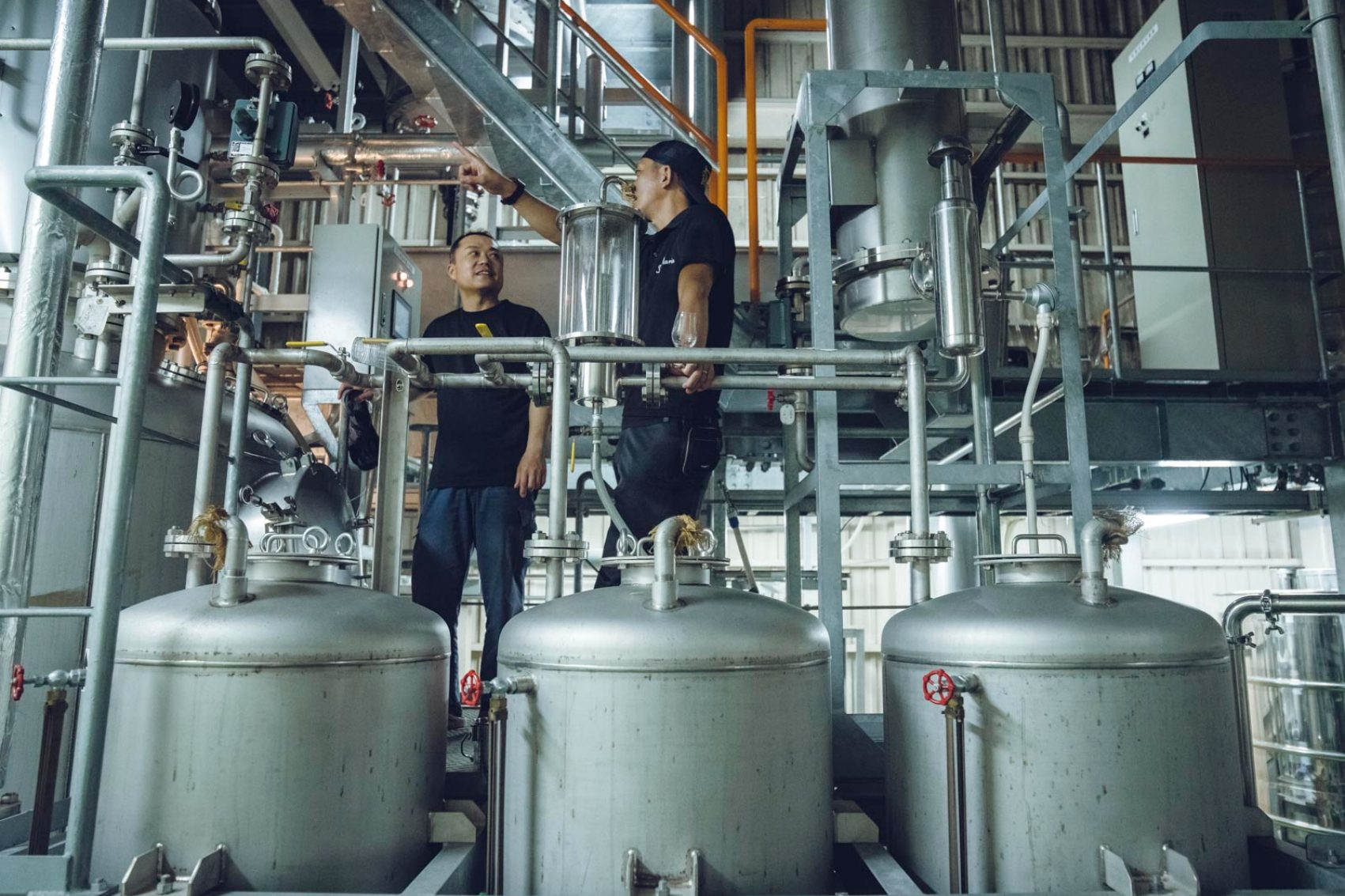
Credit: Irwin Wong
But awamori isn’t the only liquor the prefecture is producing today. On the island of Ie, 30 minutes by ferry from Okinawa island, Chinen Hisato started making rum from local sugar cane five years ago. ‘I was working in an awamori distillery, but I wanted to move back to Ie, which is where I’m from,’ says Hisato. ‘I had heard about an old bio-ethanol processing facility on the island, and that the owners were looking for a new use for it, so I suggested we try using it to make rum from the sugar cane that’s grown on this island.’
When you climb on top of Mount Gusuku, the only mountain on the island, all you can see are fields of sugar cane covering the island like a patchwork blanket, bordered by a thin strip of sand and the clear, azure seas.
Okinawans have been farming sugar cane since the 14th century to trade with mainland Japan. It was highly sought after in the era of the Ryukyu Kingdom and still is, although it’s a mystery as to why Okinawans never sought to make rum or any other alcohol out of sugar cane, like their sugar-cane-rich counterparts in the Caribbean, for instance.

Credit: Irwin Wong
Hisato’s rum is labelled Santa Maria , another name for the Easter lily, a common flower in Okinawa, and the logo is inspired by both the shape of the flower and the shape of Ie island, with the iconic Mount Gusuku at its centre. ‘Mount Gusuku used to be a beacon for fishermen, so it’s a symbol of Ie island,’ says Hisato. Today, some of the local villagers are shareholders in Santa Maria. ‘It’s gradually been accepted as a local product. Even people originally from Ie island who have moved away have asked us to send it to them.’
Sugar cane was also the inspiration for Masayuki Hayashi, who started making bean-to-bar chocolate in 2014. Step into Timeless Chocolate , his shop and production site, and you’re greeted with a tasting flight of chocolates. Like many artisanal chocolate shops, the tasting samples are labelled by the cacao’s country of origin and percentage derived from the cacao bean – the remaining percentage is sugar. Masayuki has added another detail to the label: the type of sugar used.
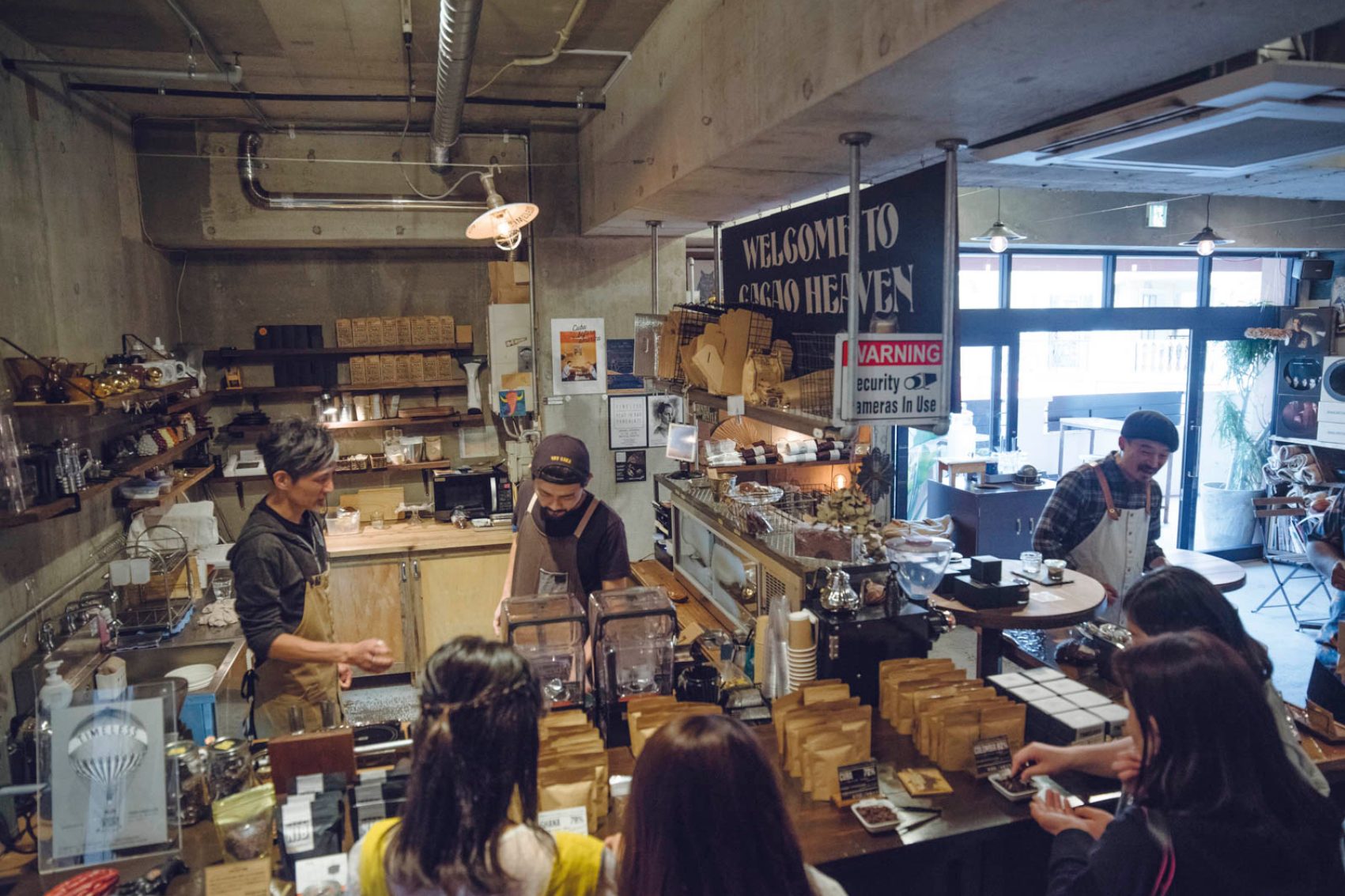
Credit: Irwin Wong
Originally from Yokohama, just south of Tokyo, Hayashi is a bit of a free spirit who has travelled the world, but Okinawan sugar – with its complex, at times almost salty flavour due to its high mineral content – was what ultimately convinced him to stay in Okinawa. ‘I was in Itoman [in the south of Okinawa island], and I tasted sugar made from wild, hand-harvested sugar cane, and it blew my mind,’ he says. ‘It was completely different from any kind of sugar I’ve had before.’
Right now, he uses imported beans from Ghana, Cuba, Vietnam and Colombia, but his goal is to combine locally grown sugar cane with locally grown cacao. ‘We’ve started a cacao farm in Ishigaki [one of the southernmost islands in Japan], and in about two to three years, the cacao will be ready for harvest. Just like awamori, this is a product that will represent Okinawa.’
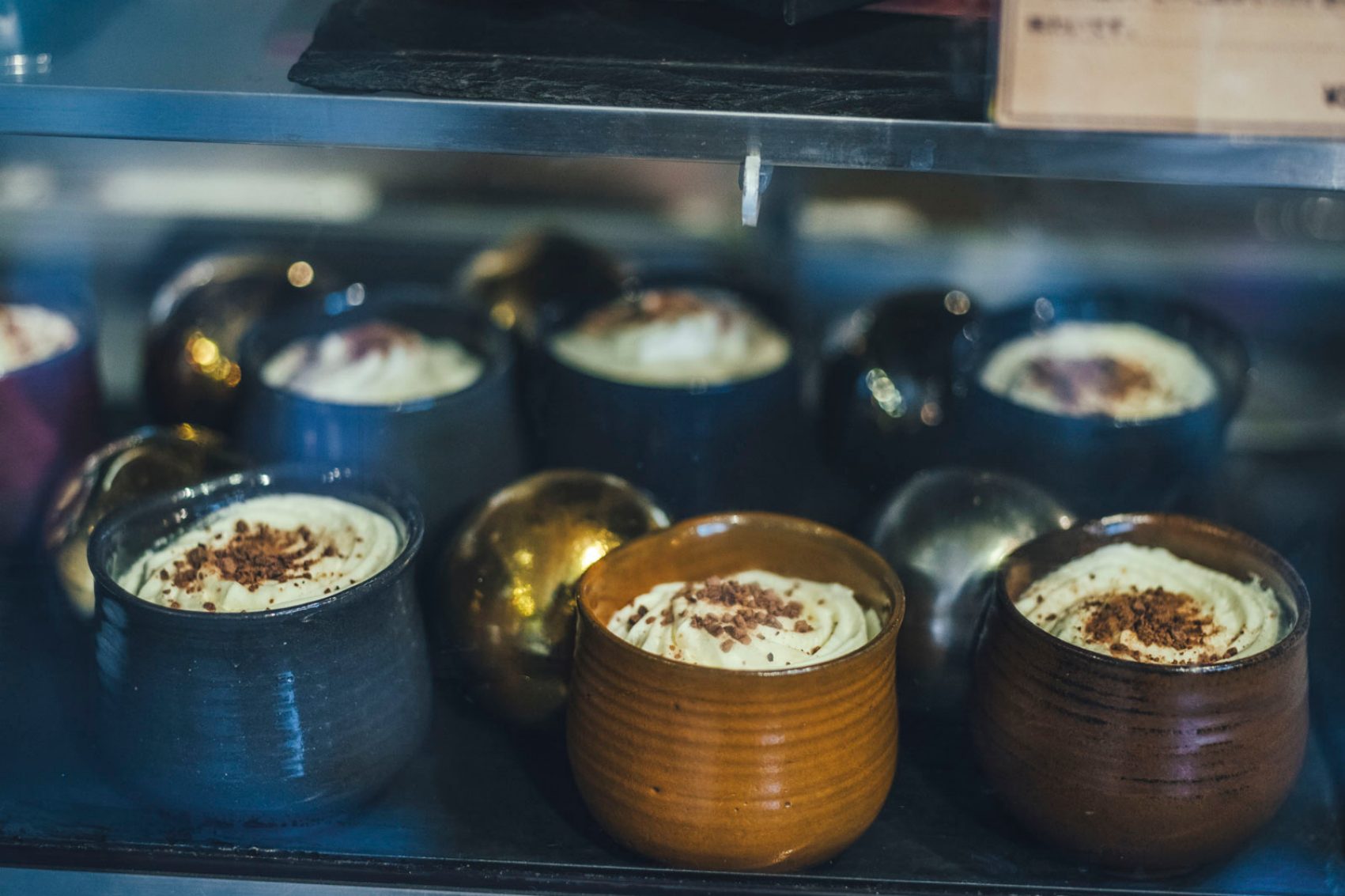
Credit: Irwin Wong
Right now, he uses imported beans from Ghana, Cuba, Vietnam and Colombia, but his goal is to combine locally grown sugar cane with locally grown cacao. ‘We’ve started a cacao farm in Ishigaki [one of the southernmost islands in Japan], and in about two to three years, the cacao will be ready for harvest. Just like awamori, this is a product that will represent Okinawa.’
As a chain of islands stretching over 1,000 kilometres, the ocean is a constant theme in Okinawa’s cuisine, especially through curious sea plants such as sea grapes and mozuku, a type of seaweed. However, interestingly, seafood doesn’t feature heavily in local cuisine. Daisuke Nakamura, a native Okinawan, is changing that by using all-local seafood. ‘Since I was born in Okinawa, Okinawan food is fundamental in my cuisine. I love the local, old school eateries,’ he says. But he wants to show that local ingredients can shine in a multitude of ways.

Credit: Irwin Wong
His fascination with oceanic locations like Okinawa has led to multiple trips to the Mediterranean, and the opening of Restaurant Ardor , which serves seafood fished from the surrounding waters but cooked in ways that are more common in Europe – think grilled whole fish, or a simple bouillabaisse-like stew.

Credit: Irwin Wong
When Okinawans see native seafood varieties such as green turban (a variety of turban sea snail) and scabbard fish, Nakamura says, they only see it as suitable for a very specific range of dishes, and he wants to broaden their imagination. ‘Apart from the traditional Okinawan cuisines or cooking methods, I think and hope that our guests [will be able to] feel a different perspective,’ he says. ‘Then it will open a door to a whole new food experience.
Hero image: Irwin Wong
Okinawa travel information
- China – the Chinese Mainland, Hong Kong SAR, Macao SAR and Taiwan Region
- Hong Kong SAR - English
- Chinese Mainland (China) - English
- Taiwan China - English
- 香港特別行政區 - 繁體中文
- 中国內地 - 简体中文
- 中國台灣 - 繁體中文
- Africa
- South Africa - English
- Asia
- Bangladesh - English
- Korea - English
- Singapore - English
- Cambodia - English
- 한국 - 한국어
- Sri Lanka - English
- India - English
- Malaysia - English
- Thailand - English
- Indonesia - English
- Maldives - English
- ประเทศไทย - ภาษาไทย
- Indonesia - Bahasa Indonesia
- Myanmar - English
- Vietnam - English
- Japan - English
- Nepal - English
- Việt Nam - tiếng Việt
- 日本 - 日本語
- Philippines - English
- Australasia
- Australia - English
- New Zealand - English


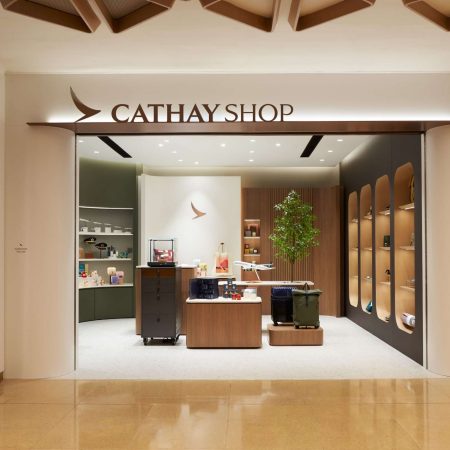




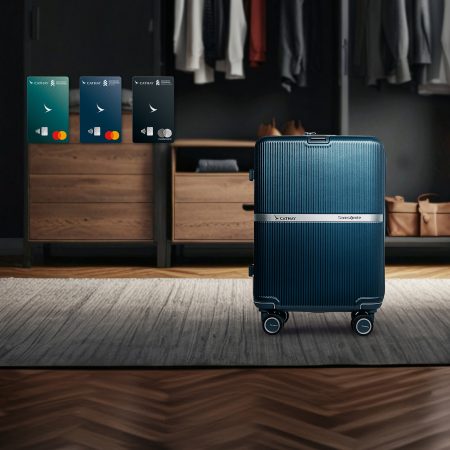

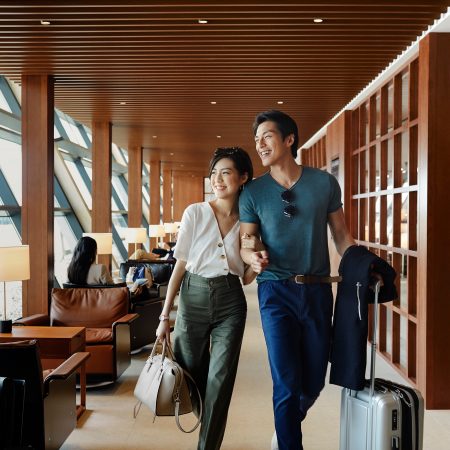
.renditionimage.450.450.jpg)

